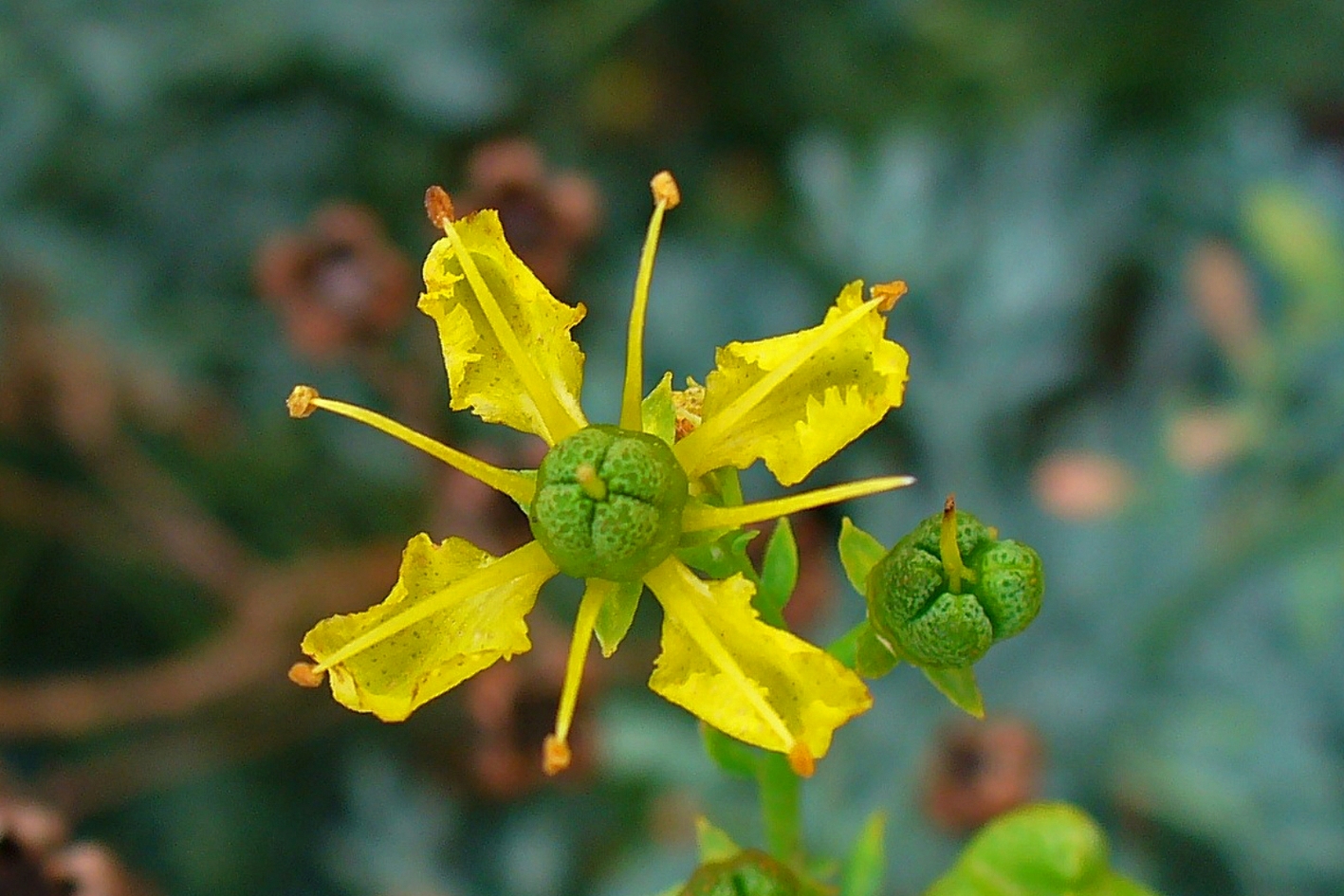
The Mediterranean region
" These ingredients are essential in Mediterranean cuisine, offering diverse flavours and aromas that enhance various dishes "
Mediterranean spices and herbs include a wide variety of fragrant plants, with some of the most common being basil, bay leaf, oregano, rosemary, thyme, and parsley. Other popular options include mint, sage, savory, and marjoram. Spices like garlic, cumin, coriander and paprika are also frequently used. These ingredients are essential in Mediterranean cuisine, offering diverse flavours and aromas that enhance various dishes.
Here are four of the more unusual ones.
Mahlab (Mahleb)
This is an aromatic spice made from the ground seeds of the St Lucie cherry. It has been used for centuries in Middle Eastern, Mediterranean, and Armenian baking. With a flavour marrying bitter almond, cherry, and vanilla, it adds an exotic complexity to pastries like ma’amoul and Greek tsoureki. Rare and pungent, a pinch goes far. Too much can overpower. Apart from sweet treats, it’s occasionally added to cheese or spice blends for a subtle, fragrant twist.
Rue (Ruta graveolens)
A bitter, aromatic herb once revered in ancient Roman and Middle Eastern kitchens. Though now rarely used due to its strong, medicinal flavour and potential toxicity in large amounts. Just a trace lends a sharp, citrus-pine note to cheeses, anchovy sauces, and Ethiopian spice mixes like berbere. Also features in Ethiopian coffee rituals. Still used in grappa or digestifs in Italy, rue’s culinary allure lies in its boldness. However best approached with caution and curiosity.
Fennel Pollen
Often called “spice of the angels,” this prized ingredient is harvested from the tiny flowers of wild fennel. Intensely aromatic, it carries notes of liquorice, citrus, and sweet hay, offering a concentrated burst of fennel flavour unlike seeds or fronds. Used sparingly, it elevates roasted meats, seafood, and vegetables, and even desserts like panna cotta. A darling of modern chefs, its rarity and potency make it a luxurious, almost ethereal finishing spice. Fennel pollen features in Mediterranean cooking especially in Italy.
Sumac
Made from the dried, crushed berries of the Rhus shrub, is a tangy, deep red spice prized in Middle Eastern (Levantine, Turkish, Iranian and Persian) and Mediterranean cuisine. Its tart, lemony brightness adds depth to grilled meats, salads like fattoush, and spice blends such as za’atar. Unlike citrus, sumac offers acidity without liquid, making it ideal for dry rubs. Less known: it was once used in Roman vinegar and Native American beverages, earning it the nickname “lemonade tree.”
Ed. Part 3 will focus on India
Prepared by a Chaîne News Online Staff Writer
Researched from various sources. E&OE
Wishing you a Happy 'Chocolate' New Year!